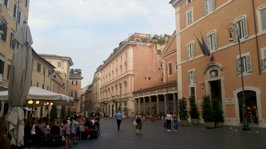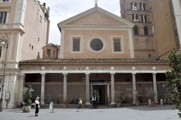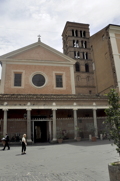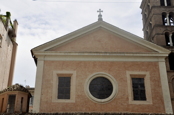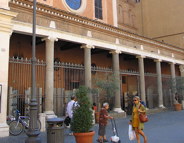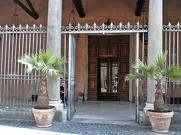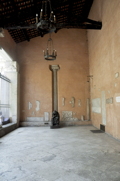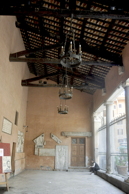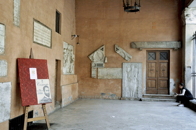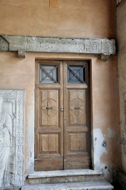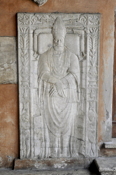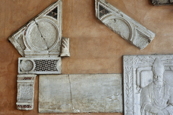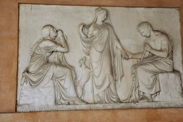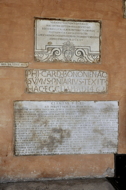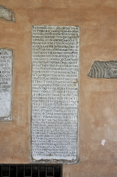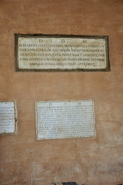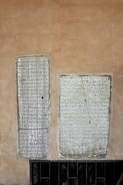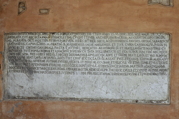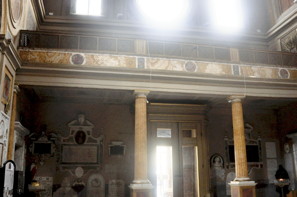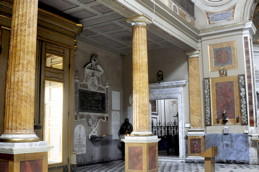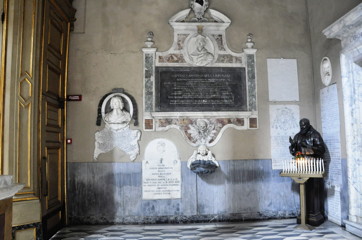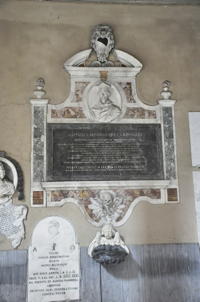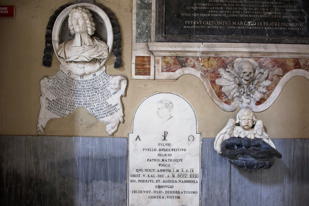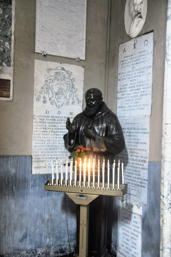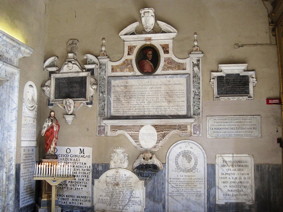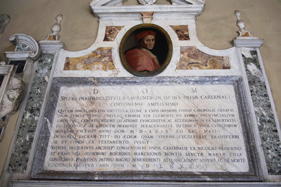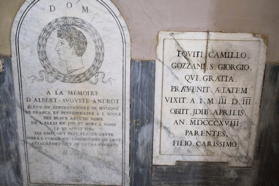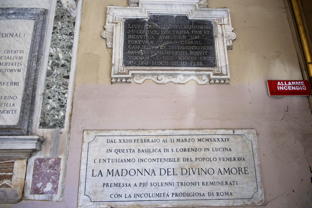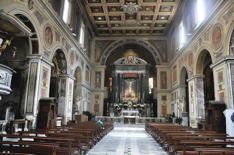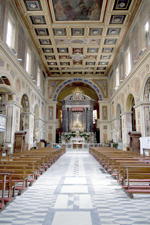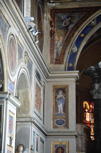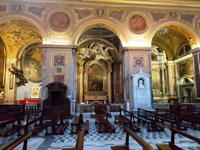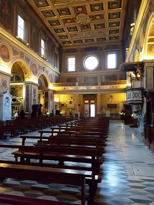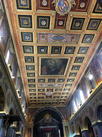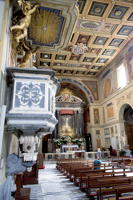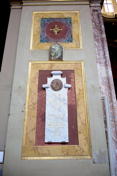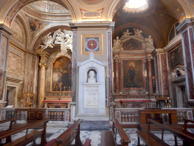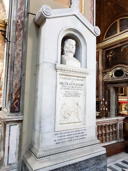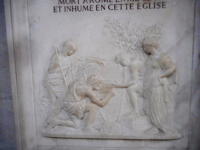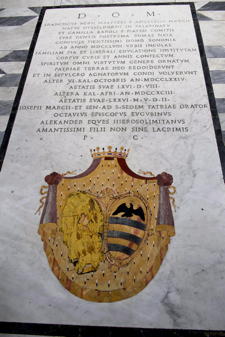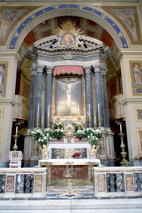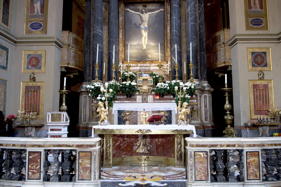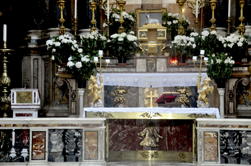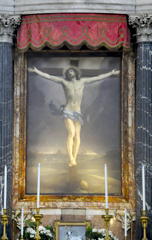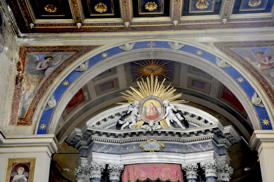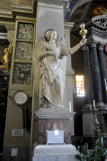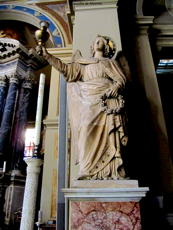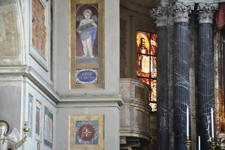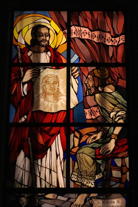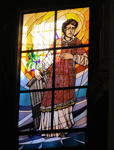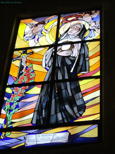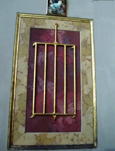San Lorenzo in Lucina is a heavily restored 5th century parish and titular church and minor basilica, just west of the Corso in the rione Colonna. The dedication is to St Lawrence, the 3rd century Roman deacon and martyr.
For reference, a plan of the church is available
here.
According to tradition, the church was built in the mid 4th century on the ruins of a house belonging to the Roman lady Lucina, who sheltered Pope St Marcellus (308-309) during Maxentius' persecution. Pope St Damasus was elected here in 366.
It was restored by Pope Benedict II in 685 and by Pope Adrian I in 780. There had to be another one in the middle of the 9th century after the Tiber flooded the area twice. After its destruction by Robert Guiscard and his Norman soldiers in 1084 it must have been left in a derelict condition for some years. Pope Paschal II ordered the church to be "rebuilt" in 1112, although much of the old fabric was kept.
In 1596 or 1598 the church pavement was raised by 1.6m (5.2 ft) to street level, during which the ancient baptismal pool was covered over. The interior was re-ordered in 1650 by Cosimo Fanzago. The original aisled basilical plan was changed by dividing the aisles into self-contained chapels. A drastic restoration in 1858, ordered by Pope Pius IX, removed much of the Baroque interior decoration that Fanzago provided and added the extra two side chapels of the Immaculate Conception and the Crucifix. The present appearance of the church derives from this work, overseen by Andrea Busiri Vici.
Continued problems with groundwater penetration entailed yet another restoration in 1919, with attention being given to the campanile. The Italian government restored the façade in 1927 to what was imagined to have been the medieval appearance. The damp came back in the late 20th century, and between 1983 and 1998 excavations in the convent to the right hand side of the church uncovered remains of the palaeochristian baptistry.
